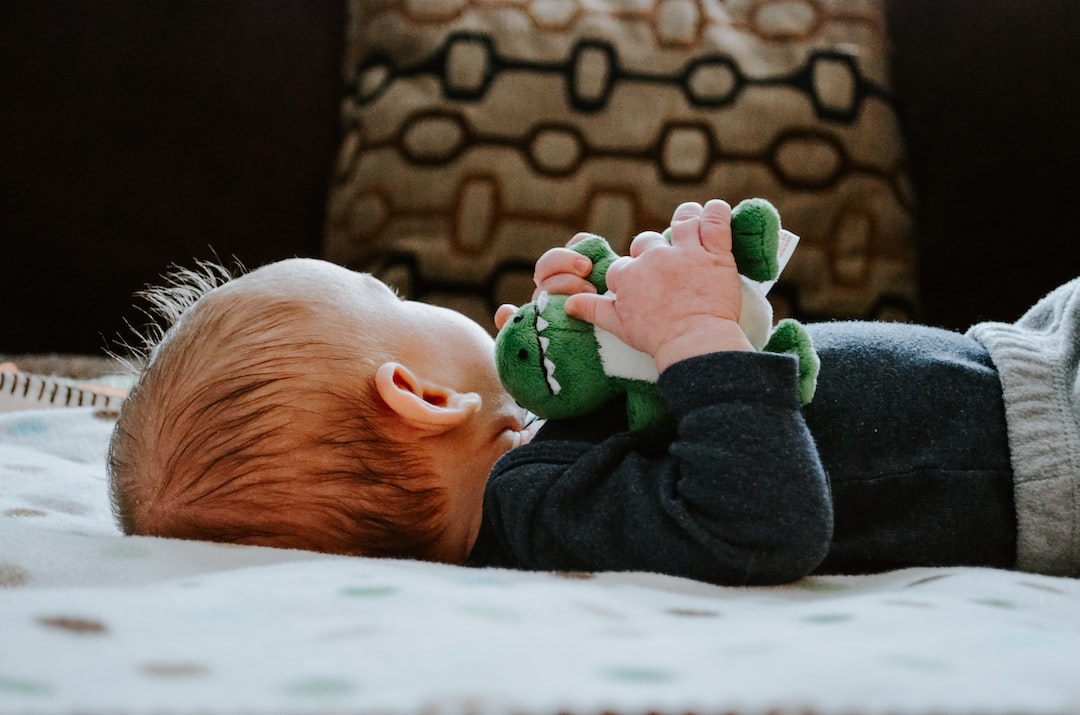Despite what it may seem, your baby engages in a rigorous workout routine every day. Each kick, squirm, or batting movement made by your baby is part of their regular workout, fortifying their tiny muscles. Strengthening these muscles has a direct bearing on their gross motor skills development, all of which aid in achieving key milestones such as holding their head, rolling over, sitting up, crawling, and eventually walking.
The Benefits of Physical Activity for Babies
Consistent physical activity not only aids in muscle development but also leads to more restful sleep, reduced fussiness, and a happier disposition in your baby. According to pediatrician Meena Chintapalli, M.D., your baby’s enthusiasm to play and learn increases with physical activity. The American Academy of Pediatrics advises a minimum of 30 minutes of physical engagement throughout the day for babies.
Four Exercises to Enhance Your Infant’s Physical Development
1. Tummy Time
Primarily, babies spend their time resting on their backs. However, transitioning your baby onto their stomach aids in developing the muscles in the neck, arms, shoulders, back, and stomach. Engaging your baby during tummy time, prompts them to reach, look around, and kick, collectively enhancing their muscle power.
Tummy Time Tips:
- Initiate tummy time with multiple sessions lasting three to five minutes.
- Engage your baby by smiling, talking, singing, and making faces.
- Encourage reaching by jiggling a soft toy or baby keys.
- Encourage stretching and grasping by placing a fun object slightly out of reach.
- Create a fun atmosphere by playing music.
2. Baby Sit-Ups
Pulling your baby into a sitting position assists in strengthening their shoulders, core, arms, and back muscles. Regular sit-ups can start around six weeks. Remember to express excitement, awarding your baby with kisses at the peak of every sit-up, for an engaging experience.
3. Leg Bicycling
“Bicycling” your baby’s legs is an effective method for strengthening their legs, hips, knees, and abs, enhancing flexibility and range of motion. Sing, smile, or make choo-choo or vroom noises while you make the cycling motion to maintain your baby’s interest.
4. Weight Lifting With Objects
Encouraging your baby to lift objects develops their grasping ability, hand-eye coordination, and muscle strength. Starting around three or four months, use household items like small toys as makeshift weights, motivating your little one to lift, examine, and repeat.
FAQs on Infant’s Physical Development
- When should babies start physical activities? A few minutes of supervised tummy time can commence from day one with exercise duration increasing gradually as your baby grows.
- How often should an infant exercise? The American Academy of Pediatrics recommends at least 30 minutes of physical engagement throughout the day for infants.
- What exercises can help my baby’s physical development? Exercises like tummy time, baby sit-ups, leg bicycling, and weight lifting with objects can significantly enhance your baby’s physical development.

